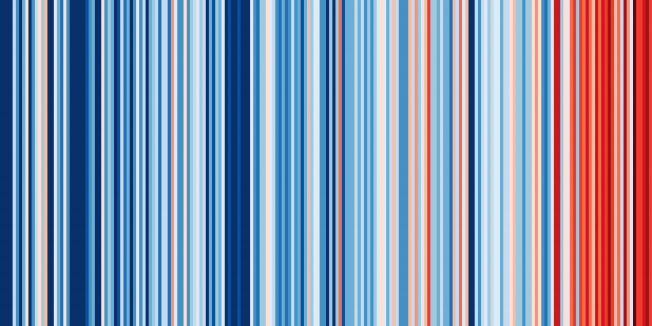Evaluating uncertainty in estimates of soil moisture memory with a reverse ensemble approach
Abstract:
Soil moisture memory is a key component of seasonal predictability. However uncertainty in current memory estimates is not clear and it is not obvious to what extent these are dependent on model uncertainties. To address this question, we perform a global sensitivity analysis of memory to key hydraulic parameters, using an uncoupled version of the land surface model H-TESSEL. Results show significant dependency of estimates of memory and its uncertainty on these parameters, suggesting that operational seasonal forecasting models using deterministic hydraulic parameter values are likely to display a narrower range of memory than exists in reality. Explicitly incorporating hydraulic parameter uncertainty in models may then give improvements in forecast skill and reliability, as has been shown elsewhere in the literature. Our results also show significant differences with with previous estimates of memory uncertainty, warning against placing too much confidence in a single quantification of uncertainty.



